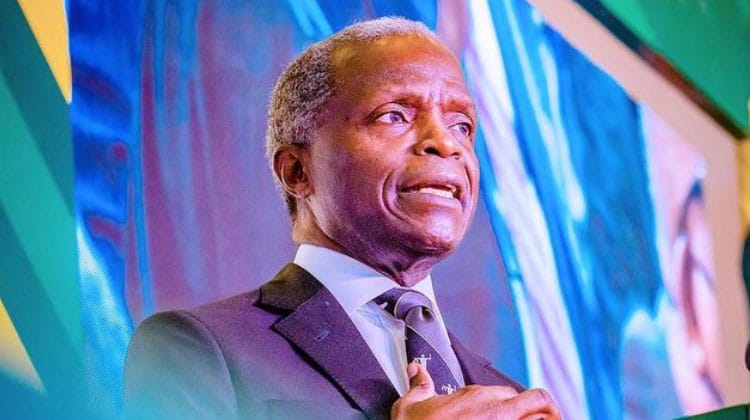Share to Facebook Share to Twitter Share to Linkedin A Soviet-style poster from Russian drone makers Sudoplatov. Text reads “MORE: VT-40 FPV Drones, … [+] Munitions , Repeaters, Electronic Warfare,” Sudoplatov There were few small drones in service when Russia launched its full-scale invasion of Ukraine in 2022, but now they are ubiquitous, used extensively by both sides for surveillance, artillery spotting and strike missions. Ukraine, with its culture of tech startups adapted quickly. More than 200 Ukrainian companies now supply military drones, backed by an ecosystem of non-profits and volunteer groups. Russia, with its rigid central control and addiction to monopolies has not moved as fast. But it does command far greater resources and the longer the war continues the more significant they become. This is being called the first drone war; according to the General Schill, the French Army’s Chief of Staff, drones are now responsible for about 80% of the destruction. Is Russia gaining a lead in this vital area? From Zero Drones To A Million Samuel Bendett is an expert on Russian drones and adviser to both the CNA and CNAS thinktanks. His X/Twitter account is an invaluable window into the Russian side of uncrewed warfare, with a steady stream of translated material covering all views of the drone war, from the factory to the battlefront, from volunteers to miliary strategists. He talked to me about how Russia is adapting to the drone age. Bendett notes that while in theory the Russian army started acquiring small military quadcopters back in 2021, there were few if any in service at the time of the invasion in February 2022. Some Russian militias in Donetsk used commercial quadcopters, but not regular forces, who found them unacceptable. “Part of the official resistance to such purely commercial products had to do with these drones’ inability to withstand electronic warfare and other countermeasures as purely commercial products,” says Bendett. MORE FOR YOU ‘House Of The Dragon’ Season 2, Episode 3 Recap And Review: Old Feuds And Bad Blood Ranked: The 30 Most Walkable Cities In The World, According To A New Report AEW Forbidden Door 2024 Results, Winners And Grades As Swerve Retains
Electronic jamming has been and continues to be an issue, with drones and jammers in a constant cat-and-mouse development race. Many commercial drones have been lost to jamming, especially in the early stages of the war, but enough complete their missions to make them essential assets. Bendett says after years of this technology proving itself for both militaries, much of the Russian military now accepts small drones as a key asset. Production may now be as many as a million a year. But acceptance is still far from universal. “Russian bloggers and volunteers note that some Russian commanders still do not understand the value of these drones, do not understand how such technology and small drone units fit into the larger force structure and are sometimes resistant to more widespread use of such technology at the tactical level,” says Bendett. Russia is now producing FPV drones on an industrial scale, though some military leaders are still … [+] not convinced of their value Sudoplatov Parallel Production Process This resistance has slowed down the procurement of small quadcopters. In fact, most do not come through military supply channels. (As we will see there is one big exception, the Sudoplatov group, which is a curious hybrid.) “Most needs for tactical drones – quadcopters, FPVs, etc. – were, and continue to be, filled by volunteer organizations that procure them from China or assemble them from Chinese parts,” says Bendett. He notes that in Russia, most acquisition, development, testing, evaluation and procurement of small drones and FPVs is by volunteers. “The Russian military claims to have a small quadcopter procurement pipeline and there are apparently warehouses where such drones can be obtained,” says Bendett. But while the official media describes these warehouses there is little sign from military bloggers at the front of drones distributed this way. “Many Russian commentators note that most FPVs used are assembled by volunteers and even soldiers themselves,” says Bendett. “Right there on the frontlines.” Sudoplatov volunteers with a shipment of several hundred FPV drones ready for delivery Sudoplatov He notes Russian volunteers say that they are delivering drones to their troops ‘in spite of and despite of’ government and Ministry of Defence involvement. Whether or not a unit gets drones often depends on whether the unit’s officers, or even soldiers, can connect with volunteer groups and establish a delivery pipeline. “That’s why there is such a difference in quality and quantity of drones across the Russian frontline units,” says Bendett. “Some are well-equipped, while others simply lack drones, and that’s why there are daily requests for small drones from soldiers on their own Telegram channels, probably in violation of basic security measures


